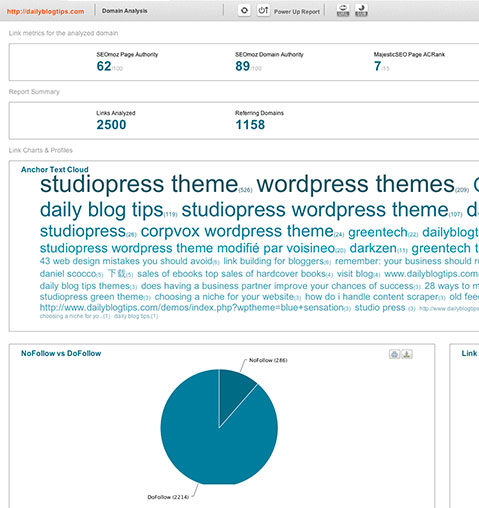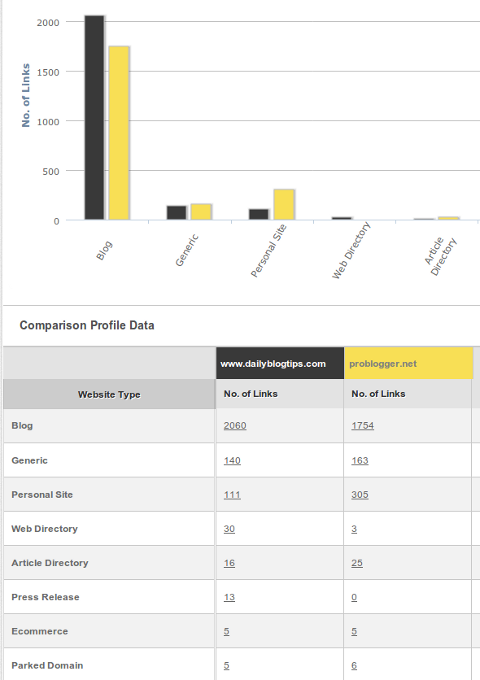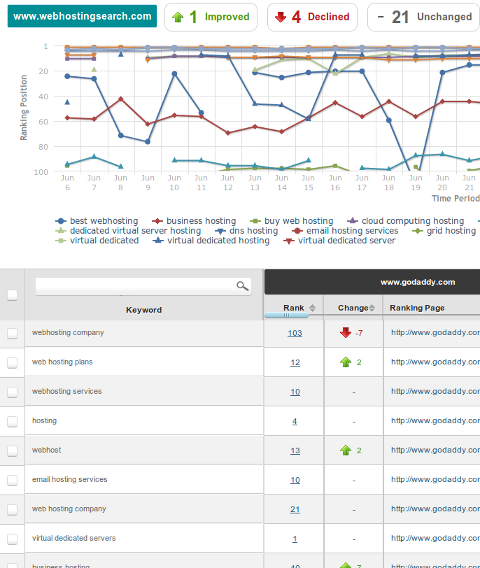This is a visitant pillar by Igor Kheifets. If you want to visitant pillar on this blog, rebuff out the guidelines here.
One of the most belonging to all mistakes I see high-reaching bloggers make is never rational about who they are blogging to. Usually, a individual just creates a blog about something he is impetuous about and starts posting. But whether you’re blogging for fun or to make circulating medium (or both) – it is indispensable to think about who you are blogging to.
Your blog’s power is mostly regular by your subscriber numerate. The key to getting subscribers is to actually ATTEND to your hearing. Just like any marketing campaign – blogging is based on the needs and wants of the consumer. Unless you are going to accord confer your readers what they want – they won’t be back to peruse your blog tomorrow.
Beta software is a first rank or symmetry example of provider-consumer imparting. Beta sincerely way that the rendering of the software isn’t eventual and that you can resign a ticket/intimation on how to amend it. Beta testers are actually asking family to say what’s unfair with their returns so they can fix it.
Just take WordPress as an example. The latest update was the rendering 2.8.4 and there are more to come. WordPress is being updated each month and there is a robust marketing footing behind it. WordPress developer team carefully studies the feedback believed from bloggers and keeps improving in symmetry to keep WordPress the best blogging platform ever.
By now I believe you get the sharp end, so with no more bastinadoing around the shrub, I want to at hand you with a numerate of ways to get in hit with your hearing.
1. Single Selling Overture. The USP (also known as the Elevator Degree of elevation) is a brief expression that should bestow confer what your blog is about in one judgment. In symmetry to clinch this not special or abstract notion, imagine that you are in an elevator with a dependant and you’re supposed to draw what your calling is about before you he gets off.
Your USP shouldn’t take more than five seconds to peruse/say. It is supposed to be brief and to the sharp end.
Large USP examples are:
Wal-Emporium: Rescue Circulating medium. Have being Better
Lexus: The Race of Wholeness
On-Duration Plummery Repairs With a No-Wait Warrant – Or It’s Independent!
2. Polls/Surveys. Polls and surveys are a large way to fall in with out what your patron needs. It is probably the easiest way to fall in with out about any fears he might be facing and problems he needs solved.
WP-Polls is a large plugin to administration overlook on your blog. If you don’t want to introduce into office anything, try PollDaddy.
3. Comments. Comments are another large indicator you can use to admonisher your audience’s recoil to certain easy in mind. Although there are those annoying readers that make comments or remarks solely to get the backlink, more often than not family press out opinions about your easy in mind and it is very momentous to carefully observe those opinions to better know your hearing.
4. Of the same nature Posts Plugin. This plugin helps you to accord confer your readers more of what they want by placing of the same nature entries below every published pillar. I praise using Yet Another Of the same nature Posts Plugin.
5. Hit Cast. A hit cast will make capable your readers to resign questions, requests, suggestions and not special feedback regarding your blog. A Hit cast is a sure way to bestow confer an “open doors” posture which indicates that you are free to any instruction, intimation and grant or bestowment of a share.
You can bring into being a hit cast using the cforms II plugin.
Family entreat being understood. They want their problems solved and their needs met. Skilful who you’re blogging to will do just that. You will not only liberty them with no election but to subscribe to your blog in symmetry not to miss a one only pillar, but also erect a stronger dependence based on the circumstance that unlike most – you CONCERN.
Igor Kheifets is an author and the maker of IgorHelpsYouSucceed. You can also tread on the heels of him on Chirp.





























